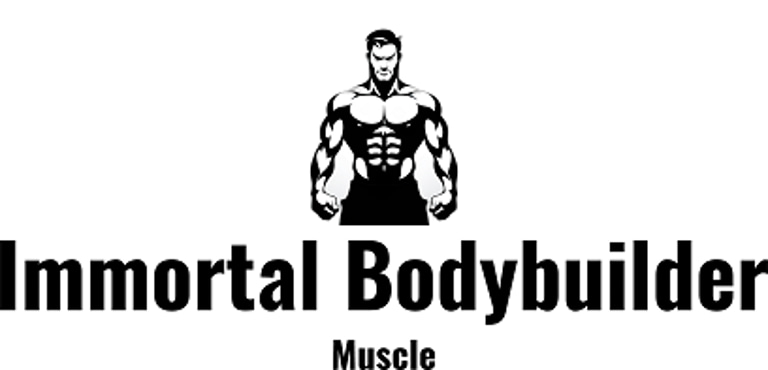Immortal Blood Cells and the Role of DNA in the Human Body
What Is Immortal Blood Cells and the Role of DNA in the Human Body When I first started reading the Bible I was amazed to find out that people lived passed 800 years old, at first I questioned the ideas but instead I wanted to study if it was possible.
Eric Boeckh
1/29/20245 min read


What Is Immortal Blood Cells and the Role of DNA in the Human Body
When I first started reading the Bible I was amazed to find out that people lived passed 800 years old, at first I questioned the ideas but instead I wanted to study if it was possible.
I found a Scientist by the name of Dr. Bob Beck that was giving speech's about healing people of their illness like cancer and HIV talking about cleaning the blood.
He invented a device called the "Blood Purifier" that worked by shocking the blood vessel's with a low voltage and killing all the microbes, viruses, and bacteria in the blood.
What's amazing is that the device didn't harm the blood cell's but instead would lengthen the life of the cells because there was no more threats from the microbes, viruses and bacteria.
Their lifespan of blood is approximately 120 days Bob Beck claims that once the blood cleansed using his dives "The Blood Zapper" the blood would become immortal.
If this is possible this would allow the blood to build new tissue, move more nutrition's water and oxygen better throughout the body giving you a better ability to grow in mass.
I'm really tempted to try this protocol just to see what the outcome will be...
Here is a short video of a man that tried the blood Purifier ( The Video Is Not Blocked! )
After watching this Police Officer that was well on his way to die from HIV, when the blood is cleansed the body performs to another level.
Our bodies are intricate systems composed of various organs, tissues, and cells that work together to maintain our overall health and well-being.
Among the essential components of our body are blood cells, which play a crucial role in carrying out vital functions.
In this article, we will explore how blood cells work, how long they live, the body parts that are made of blood cells, and the function of DNA within these cells.
How Blood Cells Work
Blood cells are classified into three main types: red blood cells (erythrocytes), white blood cells (leukocytes), and platelets (thrombocytes).
Each type of blood cell has a specific function that contributes to the overall functioning of our body.
Red Blood Cells (Erythrocytes)
Red blood cells are responsible for transporting oxygen from the lungs to various tissues and organs in the body.
They contain a protein called hemoglobin, which binds to oxygen molecules and carries them throughout the bloodstream.
This oxygenation process is vital for the energy production and overall functioning of our body.
Red blood cells are unique in structure, lacking a nucleus and other organelles, allowing them to have a flexible shape that aids in their movement through narrow blood vessels.
Their lifespan is approximately 120 days, after which they are broken down and recycled by the spleen and liver.
White Blood Cells (Leukocytes)
White blood cells are an essential part of the immune system and play a crucial role in defending the body against infections and diseases.
Unlike red blood cells, white blood cells have a nucleus and are larger in size.
They are produced in the bone marrow and circulate throughout the body, patrolling for any foreign invaders.
There are different types of white blood cells, each with its own specific function.
Some white blood cells, such as neutrophils and macrophages, engulf and destroy bacteria and other harmful substances.
Others, like lymphocytes, produce antibodies that help identify and neutralize foreign invaders.
The lifespan of white blood cells varies depending on the type.
Some may only survive for a few days, while others can live for weeks or even months.
Platelets (Thrombocytes)
Platelets are not actual cells but rather small cell fragments that play a crucial role in blood clotting.
When a blood vessel is damaged, platelets rush to the site and form a clot, preventing excessive bleeding.
This process is essential in preventing excessive blood loss and promoting wound healing.
The lifespan of platelets is relatively short, ranging from 7 to 10 days.
After their lifespan, they are removed from circulation by the spleen and liver.
Body Parts Made of Blood Cells
Blood cells are produced in the bone marrow, a spongy tissue found within the hollow spaces of certain bones, primarily in the vertebrae, ribs, sternum, and pelvis.
The bone marrow is responsible for the continuous production of blood cells throughout our lives.
While blood cells are present throughout the entire body, there are specific organs and tissues that contain a higher concentration of these cells.
Bone Marrow
The bone marrow itself is composed of various cells, including stem cells, which are responsible for producing all types of blood cells.
It serves as the primary site for blood cell production and maturation.
Spleen
The spleen is an organ located in the upper left side of the abdomen.
It plays a crucial role in filtering the blood and removing old or damaged blood cells, including red blood cells, white blood cells, and platelets.
Lymph Nodes
Lymph nodes are small, bean-shaped structures found throughout the body and are an integral part of the lymphatic system.
They contain a high concentration of white blood cells, particularly lymphocytes, which are involved in immune responses.
Other organs and tissues, such as the liver and thymus, also contain blood cells and contribute to their overall functioning within the body.
The Function of DNA in Blood Cells
DNA, or deoxyribonucleic acid, is the genetic material that carries the instructions for the development, functioning, and reproduction of all living organisms.
It is present in almost every cell of our body, including blood cells.
The function of DNA in blood cells is to provide the necessary genetic information for the production of proteins.
Proteins are essential for the structure, function, and regulation of cells and tissues.
Within the nucleus of each blood cell, DNA is organized into structures called chromosomes.
These chromosomes contain genes, which are specific segments of DNA that code for particular proteins.
As blood cells develop and mature, specific genes are activated or deactivated, allowing the cells to perform their specialized functions.
For example, in red blood cells, the activation of genes involved in hemoglobin production enables them to carry oxygen efficiently.
The information stored in DNA is passed down from generation to generation through reproduction, ensuring the continuity of genetic traits and characteristics.
Conclusion
Blood cells are vital components of our body, performing essential functions that contribute to our overall health and well-being.
Understanding how blood cells work, their lifespan, the body parts that contain them, and the role of DNA within these cells provides us with a deeper appreciation for the complexity of our bodies.
By maintaining a healthy lifestyle and supporting the production of blood cells through proper nutrition and overall well-being, we can ensure the optimal functioning of these critical components of our circulatory and immune systems.
Thank You For Reading Immortal Blood Cells and the Role of DNA in the Human Body


Subscribe newsletter
146 Cascade Dr. Henderson, NV
Proud Sponsor's Of SEO Ranking Website ,Home Remedies For Weight Loss and Ideas To Make Money Blogging


